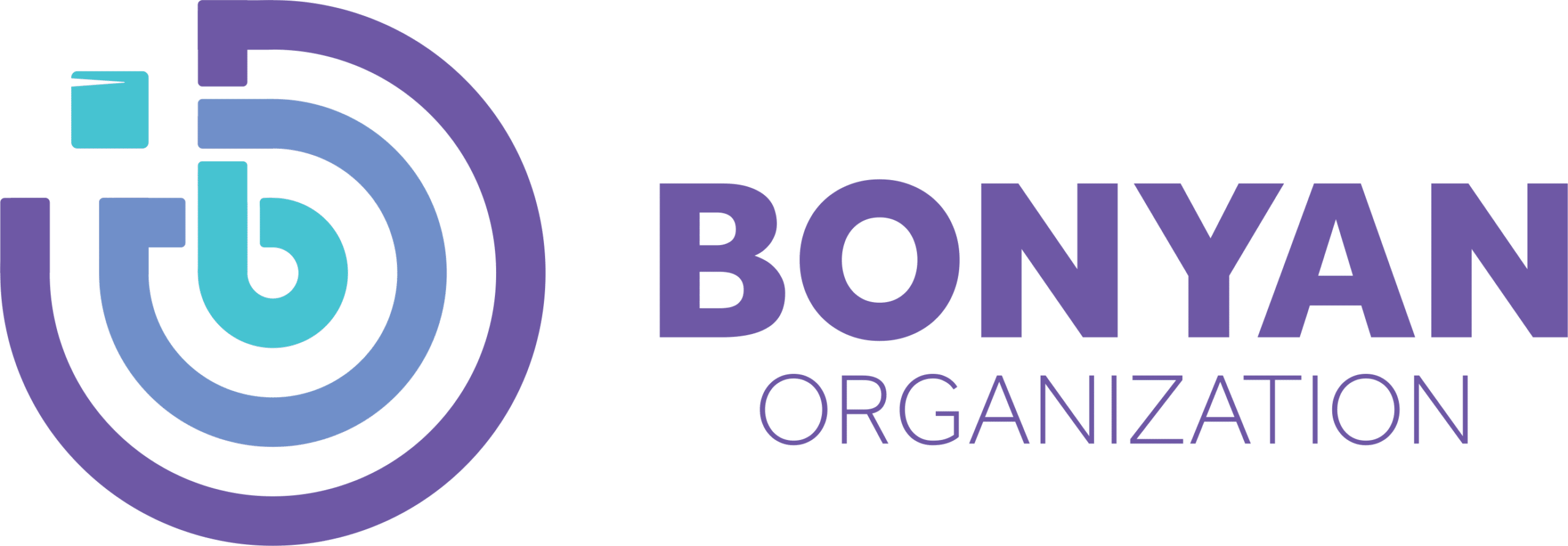Refugee Education Facts
At the primary level, the average gross enrolment rate for the year from March 2019 to March 2020 for reporting countries was 68 percent.
For the secondary level, the corresponding rate for reporting countries was 34 percent, illustrating that significant structural barriers remain for refugee learners to access post-primary education.
At the tertiary level, enrolment rates for the same period were 5 percent. This increase of 2 percentage points from last year represents a transformational change for thousands of young people and their communities.
How Does Education Help Refugees
Children need education because it helps them develop skills, self-confidence, and critical thinking. Additionally, it increases their prospects of escaping poverty and earning a living as adults.
Children and society will benefit from this. Children who are not educated might contribute to the continuation of violence, and this “means missed possibilities for peaceful and sustainable development in our world,” according to UNHCR.
Value of Education for Refugee
The most impacted victims of war are refugees’ children. As they cope with trauma, uncertainty, instability, loss, and violence, they desperately need access to education and additional support.
With schools serving as a place for healthy social interaction and personal growth, safety in education enables healing.
Children who are refugees feel a sense of belonging at school, which aids them in processing their forced relocation due to the cruel war.
Despite their varied experiences and varying degrees of trauma, refugee children are viewed as a homogenous group dispersed throughout many nations and accommodated in various educational systems.
Many people have gone through traumatic experiences related to war, displacement, and political turmoil.
They have seen atrocities, traveled through numerous nations on their way to safety, lost loved ones, or become cut off from caregivers.
Complexities of Education in Emergencies
Education in emergencies means providing education during humanitarian crises, such as armed conflicts, natural disasters, and health-related situations like the Ebola outbreak.
Nearly 500 million school-age children, or one in every four, reside in nations where continuing emergencies are present. 75 million children and youth had their education interrupted, received inadequate instruction, or quit school entirely in 2017 alone.
Over 25 million children missed school in 2016–17, making conflict one of the main obstacles to education.
For many years, emergencies can interfere with a child’s education.
This implies that when kids are in highly traumatic situations, they are denied a safe place to go and miss out on essential learning opportunities.
Too Many Camps do not Have Schools
Of the 20.7 million refugees under our care, 7.9 million are refugee children of school age.
Their access to education is limited, with almost half of them unable to attend school at all.
Because of the lack of schools in refugee camps and other places they live.
Refugees don’t have access to education, making many refugee students non-learners.
Lack of Access to Energy Resources
80% of the 8.7 million refugees and displaced persons in camps worldwide rely on traditional biomass for cooking and have no access to electricity.
They rely primarily on the forest nearby the bases for firewood. As a result, 64,700 hectares of forest are cleared and burned yearly in areas near refugee camps. This result in increased competition between refugees and host communities for the dwindling forest resources.
Burning traditional biomass for cooking is a significant cause of indoor air pollution. The WHO estimates that around 20,000 forcibly displaced people die prematurely each year from diseases caused by indoor air pollution.
Bonyan Responds
Because we know how important education is for all refugees, we have many educational projects in many countries that help all refugee children get education easily.
You can support our education projects through our social media accounts, where we share all our projects.
Read More:
FAQ
Why is it Important to Educate Refugees?
Education enables refugees to learn about themselves and the world around them as they work to rebuild their lives and communities, assisting them in becoming self-sufficient.
How Educated Are Syrian Refugees?
More than 75 percent of Syrian refugee children drop out of school before reaching the secondary level.
Why is it Hard for Refugees to Get an Education?
Learning tools like school materials are not available for refugees everywhere.
Do Refugees Get Free Education?
Refugee in campscan get free education if schools are provided, but in other places, it depends on the country and the education system.
What Challenges Do Refugees Face in Education?
– Interrupted schooling.
– Language and cultural barriers.
– Minority religious beliefs.
– Levels of native education.
– Socioeconomic resources.
– The host country’s level of acceptance or rejection of the immigrants.
How Can Schools Help Refugees?
Schools can help refugees by giving them a good education, which makes them continue their lives as all students.
How Can We Help Immigrants with Education?
By collaborating with them to create safe environments and healthy connections in classrooms where encouraging interactions, acceptance, and unconditional regard are the norm.
What Can Teachers Do to Help Refugee Students?
working with them to create safe environments and healthy connections in schools where constructive interactions, acceptance, and kind words are the norm.
Content
- Refugee Education Facts
- How Does Education Help Refugees
- Value of Education for Refugee
- Complexities of Education in Emergencies
- Too Many Camps do not Have Schools
- Lack of Access to Energy Resources
- Bonyan Responds
-
FAQ
- Why is it Important to Educate Refugees?
- How Educated Are Syrian Refugees?
- Why is it Hard for Refugees to Get an Education?
- Do Refugees Get Free Education?
- What Challenges Do Refugees Face in Education?
- How Can Schools Help Refugees?
- How Can We Help Immigrants with Education?
- What Can Teachers Do to Help Refugee Students?



